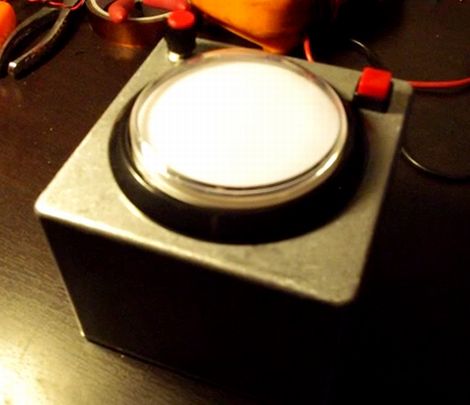![]()
Many of the hacks featured here inspire others to build on the creator’s work, and on occasion the positive feedback brings the hack to market. Last year we told you about [Wayne’s] creation, a system aimed at tracking down would-be game console thieves. He received a bunch of requests to document the tracker in full, so he decided to revise his creation and release it as Open Source Hardware.
As you might remember, his original tracking device was powered by an Arduino, which monitored an accelerometer and GPS sensor, reporting coordinates and movements to his mobile phone on demand. He combined the disparate components together on a single board, and started a Kickstarter for the project.
Aside from his original purpose of tracking stolen goods, he lists off an array of other uses, such as tracking the driving habits of your newly licensed teen, geofencing objects in certain areas and more.
If an SMS controlled all-in-one tracking system is something you might be interested in, check out his Kickstarter, or take a look at the documentation and build one of your own.










Recent Comments